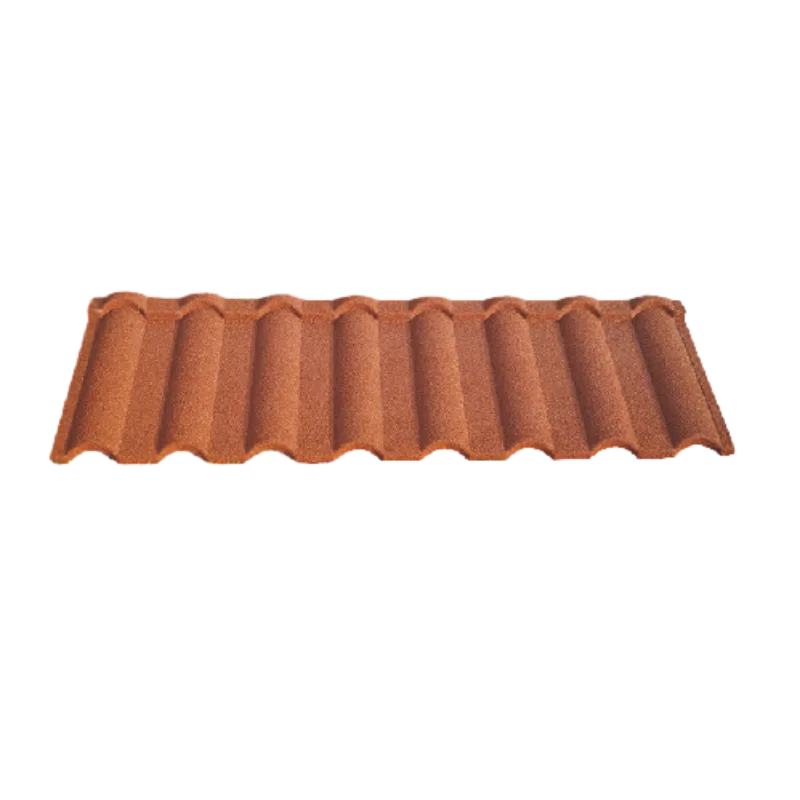
Eki . 09, 2024 15:03 Back to list
high albedo asphalt
High Albedo Asphalt A Sustainable Solution for Urban Heat Islands
As urbanization continues to rise globally, cities are expanding in both population and infrastructure. This growth brings numerous challenges, one of which is the Urban Heat Island (UHI) effect, where urban areas experience significantly warmer temperatures than their rural surroundings. One innovative solution to this pressing issue is the use of high albedo asphalt.
Understanding Albedo
Albedo refers to the reflectivity of a surface, quantified as the ratio of reflected solar energy to the total incoming solar radiation. Surfaces with high albedo reflect more sunlight and absorb less heat, while those with low albedo, such as traditional dark asphalt, tend to absorb most of the sun’s energy, contributing to increased surface temperatures. High albedo asphalt, composed of lighter materials and colors, is engineered to reflect a greater portion of solar radiation, thereby reducing surface and ambient air temperatures in urban areas.
The Benefits of High Albedo Asphalt
1. Mitigating Urban Heat Islands The primary advantage of high albedo asphalt is its ability to combat the UHI effect. Studies have shown that integrating high albedo surfaces can significantly lower surface temperatures, which translates to cooler neighborhoods and reduced energy demands for air conditioning. Cooler urban environments not only enhance comfort for residents but also diminish energy consumption, leading to lower greenhouse gas emissions.
2. Improved Air Quality By lowering ambient temperatures, high albedo asphalt can also contribute to improved air quality. High temperatures often exacerbate air pollution levels, leading to health issues like respiratory problems. Reducing surface temperatures helps to mitigate the formation of ground-level ozone, thus creating a healthier urban atmosphere.
high albedo asphalt

3. Economic Savings The economic implications are significant. With decreased temperatures come reductions in energy consumption, which can lead to substantial savings on cooling costs. Moreover, high albedo materials can extend the lifespan of pavements and roads, as cooler surfaces experience less thermal stress, reducing maintenance costs over time.
4. Innovation in Urban Design High albedo asphalt is part of a broader trend towards sustainable urban design. Cities are increasingly looking for innovative materials that promote sustainability while enhancing urban resilience against climate change. Implementing high albedo surfaces not only addresses immediate temperature issues but also contributes to the long-term sustainability goals of urban areas.
Challenges and Considerations
While the benefits of high albedo asphalt are clear, there are challenges to its widespread adoption. The initial cost of installation can be higher than traditional asphalt, and there may be concerns about the aesthetic aspects of lighter-colored surfaces. Additionally, there is a need for public awareness and education about the advantages of such materials, as well as policies that encourage their use in urban planning.
Conclusion
High albedo asphalt presents a promising solution to mitigate the effects of urban heat islands, improving urban environments through reduced temperatures, better air quality, and economic benefits. As cities continue to grow amidst climate change, adopting innovative materials like high albedo asphalt will be essential for creating sustainable, resilient, and livable urban spaces. By investing in such technologies, we can promote healthier cities that not only reflect sunlight but also reflect our commitment to sustainability and innovation for future generations.
-
Moonlight White HIREFLE Granules with GPT-4 Turbo
NewsAug.02,2025
-
Premium Round Asphalt Shingles: Durable & Elegant Roofing
NewsAug.01,2025
-
Eco-Friendly Clay Tiles | AI-Enhanced Durability
NewsJul.31,2025
-
Durable Shingle Granules for Premium Roofs
NewsJul.31,2025
-
Stone Coated Metal Roof Tile-Roman Tile for Durable Roofing Solutions
NewsJul.30,2025
-
Stone Coated Metal Roof Tile-Wood Grain Tile for Durable Roofing
NewsJul.30,2025







